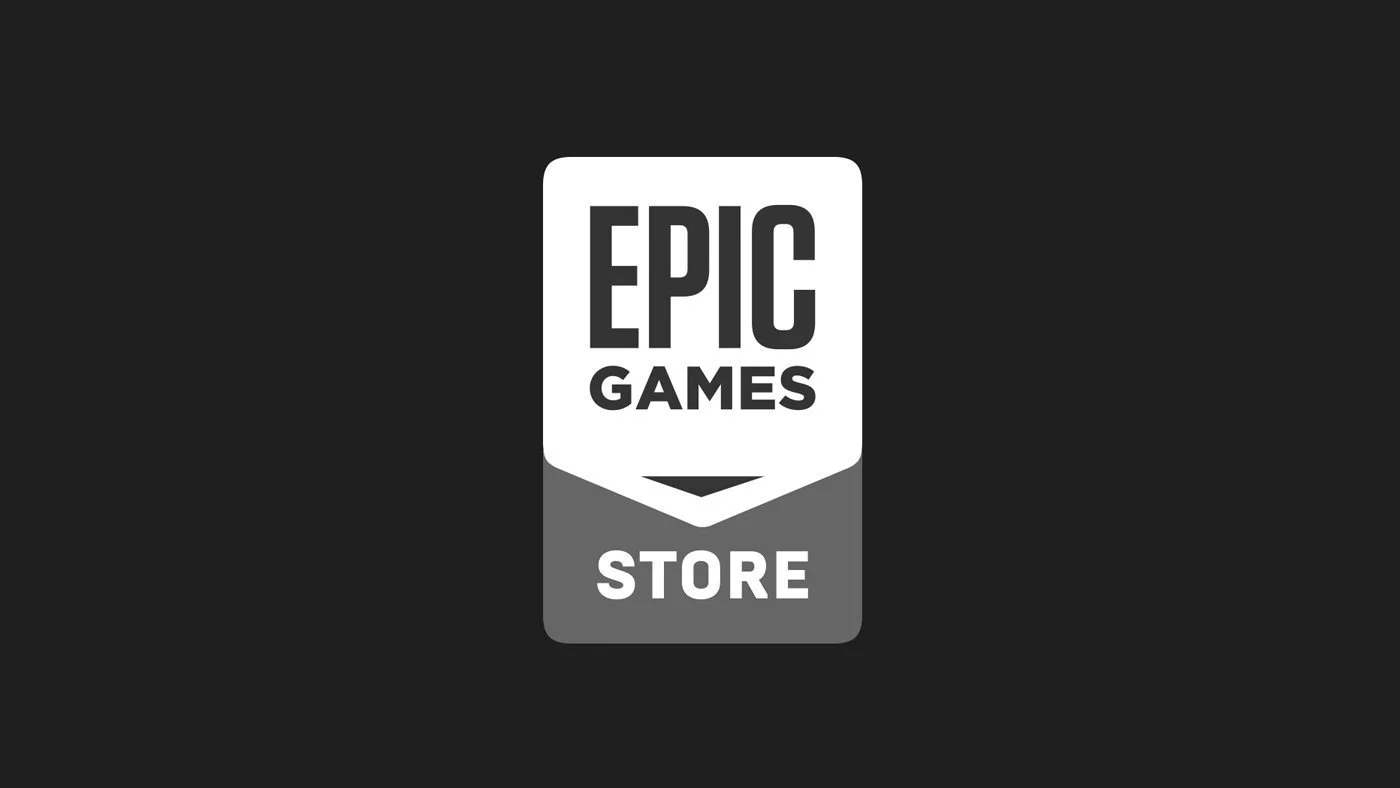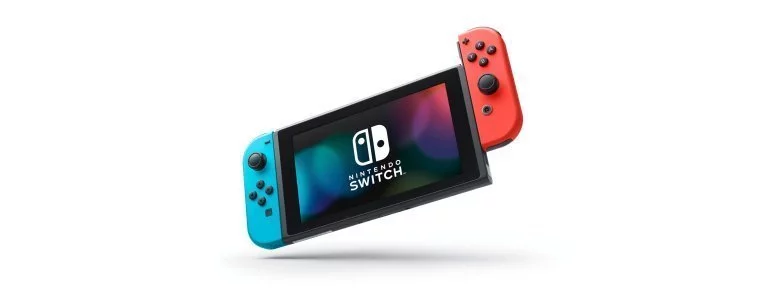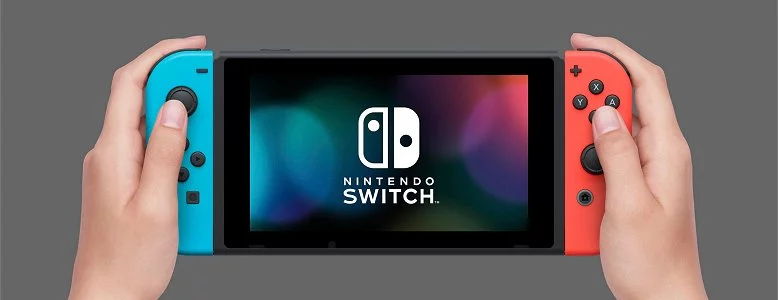Switch previews: Is it a day one purchase? | Is it worth upgrading from Wii U?
I finished watching Nintendo’s recent Switch livestream with a weird mixture of excitement and disappointment that I’m sure many of you share. As a concept, the Switch has nailed it; a hybrid home and handheld console with enough power to offer a 1080p, 60 frames-per-second experience on a TV and, at the drop of a hat, portability that lets you take the open world Legend of Zelda: Breath of the Wild to a hipster friend’s rooftop party. Multiple controller configurations, driven by Nintendo’s gimmicky-yet-not new Joy-Cons, provide many fun and quirky ways to play with multiple friends. The only thing souring things is that this innovation comes at a cost to both Nintendo and its consumers – the Switch has been pitched to Australians with a rushed, limited launch line-up and, worst yet, at the whopping price of $469.95 AUD.
Simply put, I walked into Nintendo’s recent Melbourne-based Switch hands-on event with one main goal in mind: to see if I could recommend it to gamers as a proper day-one purchase. No, not one to show support for Nintendo’s years-long plan, or to ensure that you’ll have a console for the release dates of Mario Kart 8 Deluxe, Super Mario Odyssey or inevitable Super Smash Bros. and Pokémon titles, but one that would provide lasting enjoyment from the very first week of March onwards.
So, as the Switch’s first reveal video suggested, I walked in as myself, trying to have a good time (uh huh, uh huh, yeah). And, perhaps surprisingly, I did exactly that. I’m now prepared to make a day-one recommendation, but with several large caveats: you’ll need deep pockets, a love of entertaining and a host of fun-loving, equally cash-rich friends. If you don’t meet those guidelines, you’re better off waiting.
The hands-on event offered the chance to play the Switch in its three configurations – TV, handheld and tabletop – across myriad first- and third-party titles. 8-way local multiplayer was also offered for Splatoon 2 and Mario Kart 8 Deluxe using various controller configurations and accompanying peripherals. Mario Kart, as its predecessor on Wii U, offered the most variation. I started using a Pro controller on a 2-player, split-screen TV. Next, I used the Switch in handheld mode, with a Joy-Con secured to each side of the tablet screen. The Switch’s kickstand was then extended, its Joy-Cons detached, and a friend and I went split-screen on the tablet, tiny controllers in hand. Finally, a Joy-Con was then inserted into a plastic wheel peripheral and I went fully motion-controlled on a TV screen.
Playing with a Pro controller was easily my preference, even though it still suffers from the digital triggers that plagued the Wii U’s offering. Presented in large format, and buttery smooth, I (selfishly?) relished the television screen I used during the experience. Handheld mode ran a close second, with things looking crisp and clear on the Switch’s tablet screen. Slightly larger than a PS Vita, it proved to be of a similar weight, yet far more comfortable in my hands. The Joy-Cons’ joysticks, face buttons and shoulders were positioned expertly, easily accessible and intuitive. They’re a delight to use, either attached to a Joy-Con grip or the Switch itself.
As a single controller, the Joy-Con is quite small, yet better in practice than I had expected. Held horizontally for most traditional titles, it takes but a moment to get used to its necessarily strangely-positioned controls. To work properly with a Joy-Con grip and in handheld mode, everything’s really clustered in the middle of the device. It’s well enough to use in a pinch, but it’s also quite clear that a single Joy-Con isn’t really meant for longer play sessions or with complex games. I disliked using it in Mario Kart 8 Deluxe, having to claw up around a device that was smaller than one of two hands I needed to operate it. Tabletop mode with a friend only exacerbated this; two people, each clutching a Joy-Con and leaning right in to share half of the Switch’s 6.2” screen, detracts from enjoyment.
The Joy-Cons have multiple shoulder buttons, depending on how they’re held; positioned horizontally for the racer, its vertical shoulder buttons were thankfully disabled. This is a great move, and one that hopefully works across the board — I could feel my left hand continually pressing the vertical shoulders as I used its joystick to steer. In the end, the Joy-Cons are best suited for motion-controlled offerings like Arms and 1-2-Switch, or titles with simple control systems like Super Bomberman R and Sonic Mania.
1-2-Switch is Wii Play for Switch, and Arms the re-skinned version of Wii Sports’ Boxing. They’re essentially half-games, each designed to show off what a single Joy-Con can do. Playing either title provided waves of fun and frivolity at the time, mimicking a quick-draw pistol or a cow udder. While playing, I almost instantly new I’d be lying – as with Wii Play or Wii Sports – if I said I’d play those games again, unless introducing a friend to the Switch for the first time. They’re not single-player experiences either, so you’ll actually need a friend around to get any use from them. The same is sadly true for what I’d consider my game of show: Snipperclips.
Titles like Zelda and Super Bomberman R provided a great chance to switch it up with the Switch and its configurations (sorry). Moving the tablet from TV to handheld modes was simple and quick. The Joy-Cons slide into place against the tablet with a satisfying click, and there’s only a short pause after pulling or positioning the Switch into its dock. The console knows where it’s supposed to be presenting video, and doesn’t seem to be confused by a change — or addition — of control inputs either. In Bomberman, a group of us continually moved from 2-, 3- and 4-player matches swapping Joy-Cons around like they were going out of style. A small button on the back of each Joy-Con needs to be pressed to remove it from the tablet, making it near impossible to remove one without the express intention to.
Take a look at a range of titles for #NintendoSwitch from Nintendo and 3rd party partners in 2017!
Stay tuned for future local updates. pic.twitter.com/1nzQ3CokiW
— Nintendo AU NZ (@NintendoAUNZ) January 14, 2017
The hands-on event proved that the Switch could perform exactly as Nintendo has lead us to believe. What it couldn’t do is back up the exciting technology with games, or at least ones you’ll be able to play from 3 March. Breath of the Wild will obviously be a system seller – and rightfully so – but everything else on the floor was a glorified tech demo or something that you’ll have to wait months for.
To enjoy the Switch at launch, you’ll need to invest in the console and suitable combinations of extra Pro or Joy-Con controllers (or two, or three). Then, you’ll have to invite enough friends over to take advantage of offerings… though, a month later, it’ll be better if those friends bring their own Switches over so you can all play Mario Kart 8 Deluxe on individual setups. The Switch is a tricky sell, wholly due to its high price points and the need to buy additional devices. Still, it is undeniably unique; a console that can easily surpass the likes of the Wii and Wii U, given time. Ultimately, you’re going to have to ask yourself when the time to jump on board actually arises.
Several Stevivor staffers were able to attend various hands-on events, to check back soon for other takes on Nintendo’s newest console.
This article may contain affiliate links, meaning we could earn a small commission if you click-through and make a purchase. Stevivor is an independent outlet and our journalism is in no way influenced by any advertiser or commercial initiative.


























